Archive for the ‘Aurelia’ Category
Augusta for sale
Normally this site doesn’t show cars for sale, but this is worthwhile. The Augusta was Lancia’s first real small car. These cars are very rare in the US, and this one is in running condition.
Look at the chassis bracing below the floor for this car and the “threading” of the drive shaft. Fascinating.
Lancia : Augusta:eBay Motors (item 290346007930 end time Sep-23-09 12:03:29 PDT)
The seller is Walter Miller, who has been a reputable dealer in the auto literature business for years.
I’ve no financial interest in this deal but thought it worth posting.
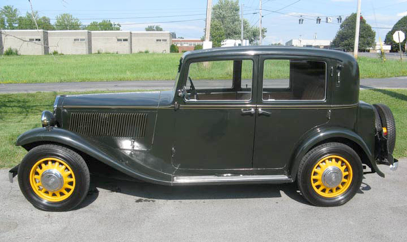

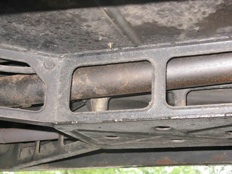
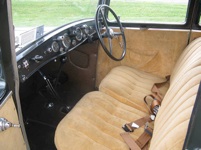
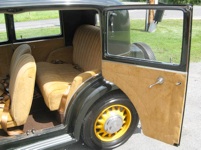
Measuring Performance
Lancia buffs have long disputed which Aurelia is the best – the later series for its refinement, the 4th series as the first LHD with de Dion; the 3rd series for the larger motor but the earlier suspension?
American Lancia Club
Lanciana and the American Lancia Club – as some images are from their archives as well as my own.
538 = 6
The origins of the Aurelia V6 motor lie in the 538. In the 1940’s, De Virgilio drew up the design for this motor, and between 1946 and 1948, a prototype motor was made – one of first running V6 motors by Lancia. Its target vehicle was the Aprilia, then a current model. Italian law required that the steering column be straight, and the 538 motor was designed with a narrower 45 degree V, just to clear the body and steering column.
A Torinese gentleman managed to obtain this motor and rebuilt it, installing it in an Aprilia. The installation is, as can be seen, done to lovely effect. A ride in the car confirmed many things, namely the car had massive torque, ran beautifully, and was a sheer delight. I encouraged (to little avail) the idea of building more “specials”.
Surprisingly, the engine pulled very well and was very smooth. No vibration to speak of. Look at the installation of the water pump – mounted at the front of the motor.
And yes, as has been found out, a V motor would give two exhausts!
Good eyes, Niels!

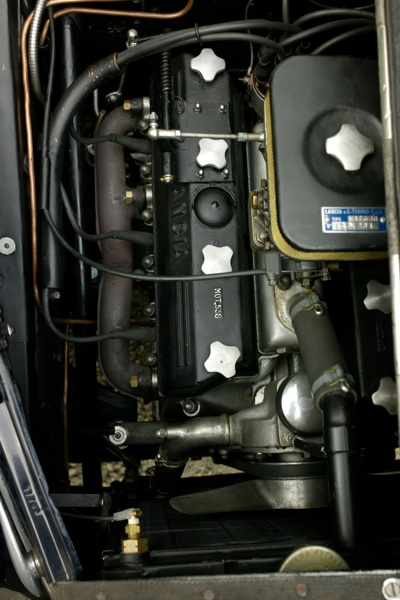
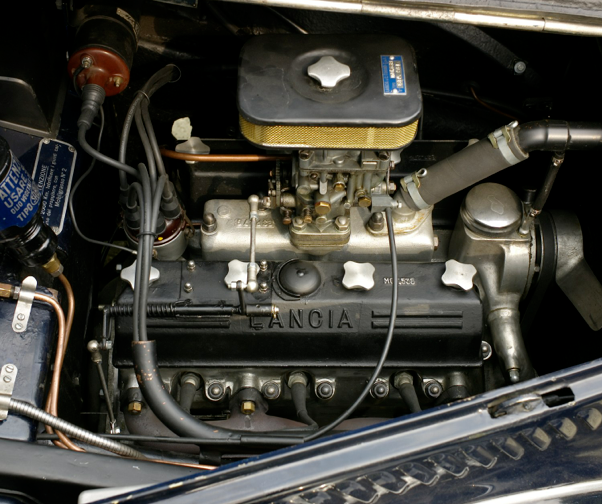
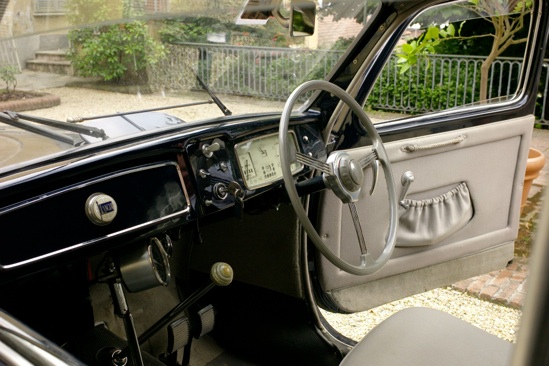
views of the 538 installed.
above – note the simple intake manifold
on the right – the clearance of the exhaust to the steering column on the right.
below – the standard interior.
Hayden Shepley
Hayden Shepley founded The American Lancia Club back some 60+ years ago. He recently passed away. I met him back in the 1970’s and remember him as a remarkably thougthful and considerate fellow.
“Hayden Richardson Shepley, 87, formerly of Essex, MA died in Yarmouth, MA on August 5. He was an avid collector of antique cars and bicycles and was a founder of the North Shore Old Car Club and the American Lancia Club. He was also a member of the Antique Automobile Club of America and the Society of Automotive Historians. At the opening of Route 128 in 1953 he led the parade on his high wheel bicycle. For many years he was the curator of the Colonial Flying Corporation Museum in Toughkenamon, PA. He was the son of Henry Richardson Shepley and Anna Gardiner Shepley. “
He was the grandson of Henry Hobson Richardson, a remarkable architect of Boston. He is pictured above in a Mercer from his earlier years, but was most fond of his Lancias.
Our thanks to him for carrying the torch and best wishes to his family Recollections, anyone?
An Aprilia with two exhausts?
This car was seen in Italy. After thinking about it for a while – it seems a bit strange. Did Aprilias come with two exhaust pipes? If so, it would be different than the other V4 cars. A bit wierd, to be sure. Any thoughts?
Where is the information?
People new to the Lancia cars struggle for information/parts and details. They legitimately ask “Where is the information?” and rather curious to find it isn’t all readily available. Perhaps they come from a different model (gee, my local parts store has everything on line…), and the obscurity of Lancia information has them frustrated.
We have struggled with this problem for some time. People like Walt Spak, Ed Levin, Steve Peterson, and Huib have spent years on this problem – and know how hard it has been.
Some of the new interested people are unaware of the cost in time and effort it has taken in the past to compile Lancia information. It raises a question – how obligated are we to help? Do we help some and not others? Or are we now the factory representatives? It seems that each of us who are interested in Lancias, needs to put something back in the pot. Can’t just come out – something has to be put back in. That’s what makes it a community, and that is what sharing is all about.
People looking for information need to join the clubs, both American and English. They should buy the parts books, read the manuals, etc. Lancias exist as part of a community of owners, and we can help them best if they are well informed.
Lancia did a pretty good job of documenting their product. The Lancia parts books and data sheets are a marvel of detailed and accurate information – but you have to spend the time to learn it and understand it.
Of course, not everything is shown: details are missing on the fur option for the Fulvia Sport, nor are there drawings for all the inner panels of the B20…. but is that so bad? Generally everything you need is there. So let’s take a moment and think about what we have. Any part needed to keep these fifty year old cars running is available, albeit perhaps in Pennsylvania or overseas. its not at NAPA, but how many 50 year old car parts is NAPA stocking these days? Seems pretty good to me – and its better now than it was a decade ago.
Ironically, some of our new owners may wonder why it isn’t yet simpler. I wish I knew how to tell them how it used to be, when any parts book was a rare treasure, and you had to travel 500 miles to see someone who had actual documentation.
The cars themselves help sort this out. They can only be made to work the way they were designed – and they reveal their secrets in their own time and way. It is interesting how the product casts forth its own character, even now, so many years later.
Creative Making
People make things. They make them for all sorts of reasons – necessity, utility, convenience, even for profit. Where there is making, there will be a center, a place where there is more activity and more gathering of the engineering and fabrication expertise. And where there is a center, there is usually a cluster of creative people – ones who do not quite fit the mold, but often know their stuff very very well.
In the US,our centers for making have been Detroit, closely followed by southern California, with its car culture, ties to aviation and the military. The creative center here might be seen as the Skunk Works, a model of collective intelligence at its finest.
In Italy, making mostly takes place in the north – Milan, Modena, and in Torino. There, the home of Fiat and Lancia, one finds a fine history of engineering and fabrication. The workforce is highly skilled and the culture is one to make and make well.
So, given a bit of time off, that’s where I went. Ground zero for automotive industrialism in Italy. Several things were seen – in detail. First off, the major auto museum in Turin, the Biscaretti, has been closed for a few years for rebuilding. They staged a show at the wonderful Turin Exhibition Hall, designed in the 1950’s by Nervi. Racing Alfas, Maseratis, Lancias, a Lambda car and chassis, just too much to tell. And the building – its fantastic. Concrete used like lace, light and delicate. See: Turin Expo auto gallery
This was followed with a couple of visits to Lingotto, the wonderful factory building by Fiat, c. 1920. Imagine if someone unravelled the Pentagon, made it straight, doubled the height, and put a test track on the top. And then for dessert, Renzo Piano designed a couple of far out buildings on the roof, for its renovation into a shopping, hotel and conference center.
Again, the concrete helicoidal ramps at the end of the building were amazing. Unlike the typical American counterpart, these “flatten” in the middle, so its more like two half ramps, and a gentle slope in the middle. This simple approach, done to allow easier ramp access on the floor levels, makes the experience special, as every vantage point has a shifted perspective. The space is truly dynamic, capped off by a series of skylights.
Several days were taken up with Aurelia research – looking at old drawings, and running down facts and details. More on that later. Lets just say that if we are talking about design and detail, there’s nothing like looking at the real drawings for the Aurelia, full size, and in your hands.
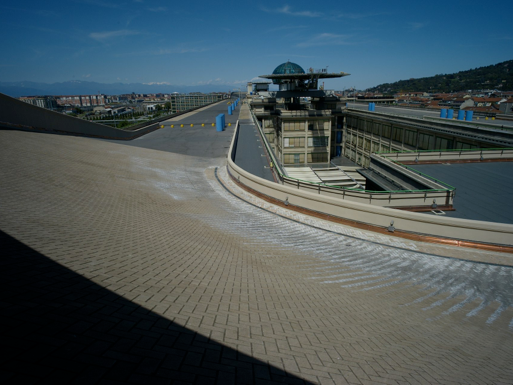
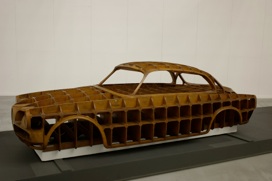
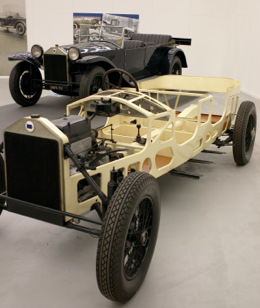
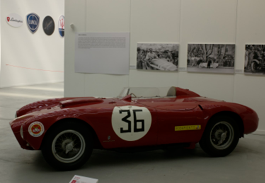
top: Lingotto roof
above: Lambda and structure
below: D24 and Sprint buck
Engine block
Some progress on the s. 2 motor. We are still waiting for the connecting rods to be made, but in the meantime, some work on the block has taken place.
Walt Spak, working with his machinist in Pittsburgh, has sized some bearing shells for both the connecting rods and the main bearings. The connecting rod shells will go in the new connecting rods; the main bearing shells will go in the original Lancia bronze inserts, which have been bored out to accept them. This way, the original main bearing caps can be kept, and as long as the bronze shells remain fixed, all should be fine.
The shot above is of the block, line bored through the bronze shells, now ready to receive the main bearing shells. The crankshaft will be turned down on both the main and the conrod journals as well, but the conversion to shell bearings should be just fine. The oil pump will be upgraded to s. 3/4 spec, and the filter from mesh to paper.
The inside of the block has also been repainted, and it does look pretty neat and fresh.

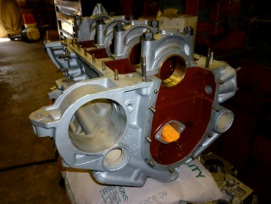
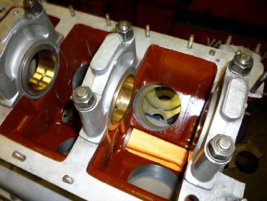
Aurelia is like a cup of Mate
The touch of the master, to be sure. This quote was found some time ago in a wonderful magazine called Style Auto, which documented design in the auto industry throughout the 1960’s and 1970’s. They reprinted this from a 1958 publication, Velocita:
“Mate is an exciting and strengthening drink. All men who have worked hard for the greatness of my far-away country have drawn energy from its stinging and warm lash. The souvenir of mate, rich of beloved familiar traditions suggests to my mind a comparison I consider very apt for the car I’m going to speak of.
What I mean is that the Lancia Aurelia G.T. is exactly like a cup of mate: it inspires confidence, a sense of security and elation, that subtle undefinable elation which springs from a perfect being. It actually is a car in which impetuosity, common sense, imagination and daring are beautifully blended. The Lancia 2500 B 20 is the care we dream of having built if we had been engineers, if we were able to give shape to the wishes which cross our minds, maybe during a long journey.
All the most admirable virtues are grouped in the Lancia Aurelia G.T.: mild as a lamb, if necessary as lithe as a panther, as tough as the camels who manage to cross the desert chewing a small morsel of food, it’s a smart, fast, impressive car. You can use it to dawdle up and down the streets of Rome of the French Riviera, you can comfortably go from one town to another on business, but the moment you wish it to do so it becomes a sports car, marvelous on turnpikes and capable of amazing performances if one feels like racing fast. And what couldn’t I say about its lightness, the perfectly astounding roadholding and the beautifully efficient brake system.
As I have said, the Lancia B 20 is like a cup of mate, or, if you should prefer a more mediterranean comparison, like one of those classical wines which Italy’s sun renders so mellow. Personally I love those wines, which enhance the heartiness of the land so similar to the one where I was born.”
from “The Aurelia G.T. is like a cup of mate” by Juan Manuel Fangio
image below (needs to be added) is of Fangio and a B20 (note fender). (Scan thanks to J. de Barsy)
Current activity
The B20 has both been getting improvements and also been slumbering. First, the slumber:
After the motor difficulties of last year, the car went to Pittsburgh to winter with Walt Spak and Bob Williams. These two men are as knowledgeable as anyone in the US about Aurelias (and Lancias in general), having restored and built up many of them over their 30+ years of working with Lancias. Both own Aurelias.
Bob runs a restoration shop and Walt builds up engines. Walt got the engine out, looked carefully through it, and decided the best route for the engine would be to get some custom connecting rods made. We have always been a bit concerned about those “skinny” rods in the s. 2 motor, and will feel better with both stronger rods and shell bearings. Along with that, the oil pump and filter will be upgraded, as will the main bearings (to shell as well). The advantage of the new rods is that they can be made to dimension so that shell bearings (once selected) can be sized to the crankshaft and then fit the rods. The crankshaft has been measured, bearings picked, but for now, we simply have to wait on the rod maker.
In the meantime, Bob offered to drop one of his early Aurelia motors in the B20 and road test to fettle out some minor issues with chassis and suspension. Given Scotty’s health issues, he was unable to do that – and while I was happy driving the car just restored last year, the reality is that these cars need to be sorted out… carefully. So Bob looked carefully, found some bushings that needed adjustment, rebalanced the clutch, adjusted the driveshaft, found a valve in the sliding pillar that wasn’t working… the little stuff that really matters. He even got the petrol gauge on the instrument cluster to work.
Its tempting to dip out to Pittsburgh for a day and drive the car, but so far, haven’t quite found the time for that. So in B20 terms, its quiet and not so quiet. Patience, they say, is a virtue.
PS – Bob and Walt are taking the B20 to the Pittsburgh Vintage Grand Prix in mid-July, so the car will be there….
Fulvia HF restored by Bob Williams some years ago, picture from fall reunion last year in Pennsylvania.